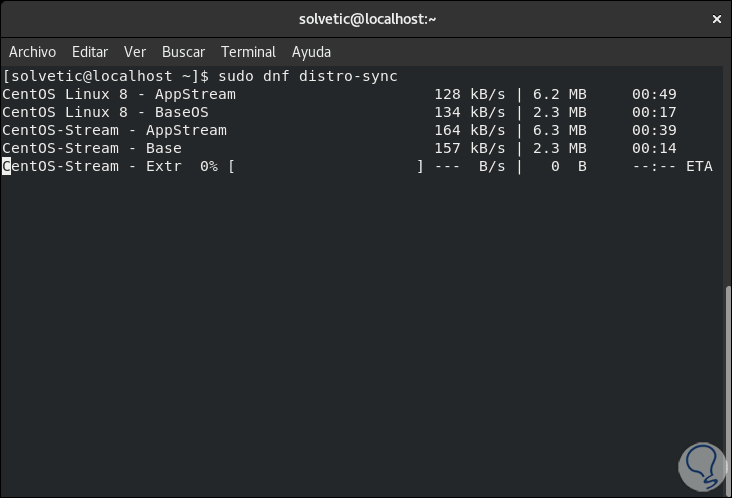
This script will automatically setup our repository and install our GPG keys on your system, and provide webmin package for installation and easy upgrades in the future. It can be done in two easy steps: curl -o setup-repos.sh

I hope you liked it.The simplest and best way to get Webmin is to use automatic setup-repos.sh script to configure official repositories on your RHEL or Debian derivative systems. This post dedicated to newbies serves as an initiation to the support of this system.

In this post, you learned how to install this wonderful browser. Now you just need to run it from the main menu. Just like that, you will have Google Chrome on your system. Thereafter, install the package by running the following command sudo dnf install. To achieve this, open one from the main menu and with the wget command download the package. Then, with the file browser, just go to the folder and double-click on the package to start the installation.Īnother, more direct and easier way to do this procedure is to use the terminal. 1.- Download Google Chrome on CentOS 9 Stream And download the RPM version of the package. To download it using the browser, just go to this link. To install Google Chrome on CentOS 9 Stream, we need to download the package either from the Google website or from the terminal. Installing Google Chrome on CentOS 9 Stream This post although simple can be very useful to hundreds of newbies who have chosen CentOS 9 Stream as their reliable and stable operating system with frequent updates. In addition to this, it has a gigantic store from where with a few clicks we can install extensions of all kinds.Īlthough it is not in the official repositories of CentOS 9 Stream, we can install it thanks to a package that Google itself provides us. It is incredibly fast and has the support of a giant like Google.

Google Chrome is perhaps the best web browser out there. In this short post, we will help you to install Google Chrome on CentOS 9 Stream.


 0 kommentar(er)
0 kommentar(er)
